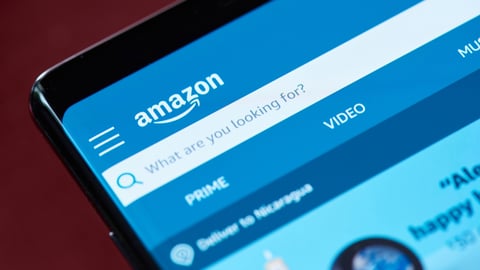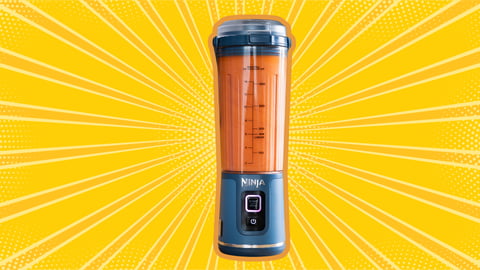DTC Has Become More Than a Sales Channel
The direct-to-consumer (DTC) model popularized by online startups was a new solution to an age-old problem. It enabled consumer goods companies to start building relationships directly with consumers. When these DTC brands first emerged, nobody at the time could have predicted that this model would provide companies a blueprint for reaching consumers amid a global pandemic.
The pandemic motivated a lot of CPG companies to sell more online; however, it was not the catalyst for this noticeable shift toward DTC. Data-driven companies had already realized that the value from consumer transactions is not just the sale but also the one-to-one relationship that develops out of it.
As CPG executives evaluate the long-term potential of DTC, they cannot view it as simply another sales channel. DTC unlocks new first-party relationships that would not have otherwise existed, allowing for a more enriched consumer profile and more personalized experiences. With consumer behavior continuing to change, a bit of imagination is needed when forecasting the future of DTC in the years to come.
The Hybrid Trend
Some CPG companies have been reluctant to go down the DTC path because of the hurdles that are inseparable from the DTC model. The logistical complexities are a primary concern, especially for companies that have become reliant on selling truckloads of products to Walmart. The conflict it creates with these cherished retailers is also top of mind.
[See also: Retaining the New Consumer Through the Power of Technology]
Then there’s the issue of consumers gravitating towards retail marketplaces because they have all the products they need in one place. While the latest technologies help to solve the logistical challenges, the channel conflict and consumer buy-in factor can feel a little more insurmountable.
For the CPG companies that were not born on the web, there is a hybrid model available where brands continue to sell through online and offline retail, but also offer specialty products from their own online marketplaces, incentivizing customers to visit brand websites and sharing some extremely valuable personal information in the process.
Likewise, CPGs are increasingly maximizing online marketplaces as marketing channels to influence sales. Often, consumers shop, search for inspiration, and note reviews all online. These habits can help brands listen to consumers in new ways, providing valuable insights for product development, even supply chain management. Helpful review information and ratings can be placed on packaging or noted using displays in-store, maximizing the holistic, omnichannel experience.
Creative Value Adds
This hybrid model will never become the dominant sales channel. But there’s still room for creativity, as even the legacy CPG brands have recently experimented with the channel’s potential.
For example, some CPG brands are selling directly to customers by bundling products designed for a specific purpose. Envision a future where a laundry care brand stands up a website with another company that makes cleaning products to sell a package of homecare goods that don’t compete, but rather complement each other in a way that adds value for customers.
Brands dipping their toes in the DTC space must offer something beyond discounts. It could be convenience with bundles or expertise in the case of recipes. Once loyalty is established, CPG companies can start making decisions based on previously untapped consumer intelligence.
Consumer Data is King
In order to build relationships with consumers, CPG companies need to know them, personally. That’s why DTC is more than an additional revenue stream. Companies that have more robust data operations can use consumer data from a DTC channel to inform any number of marketing strategies, including the innovation process, testing and hyper-local demand sensing.
[See also: The Tech SMBs Need to Compete With Big Brands]
These tactics will not automatically turn on the moment a CPG brand opens a DTC online store. They require backend infrastructure that breaks down data silos and harmonizes online and offline data. The most advanced martech stack today includes a customer data platform (CDP) that can carry the brunt of these responsibilities by easily ingesting and integrating data from multiple sources to churn out actionable insights from that data that can help drive sales and engagement.
One thing we know for sure is the DTC model is here to stay. CPG brands must embrace and adopt the technology needed to build direct relationships with end consumers, future-proofing their businesses.
Danica Konetski is the industry principal for consumer packaged goods for Treasure Data, an enterprise consumer data platform (CDP) provider. Previously, she was in insights and analytics at both Kraft and ConAgra. She has also been a vendor-partner with consulting and sales roles at Kantar (a WPP company), and most recently, IBM, where she was certified as a senior consumer industry subject matter expert and worked in data and analytic services and IBM Services for Salesforce. Danica earned her MMR degree from the Terry College of Business at the University of Georgia.






